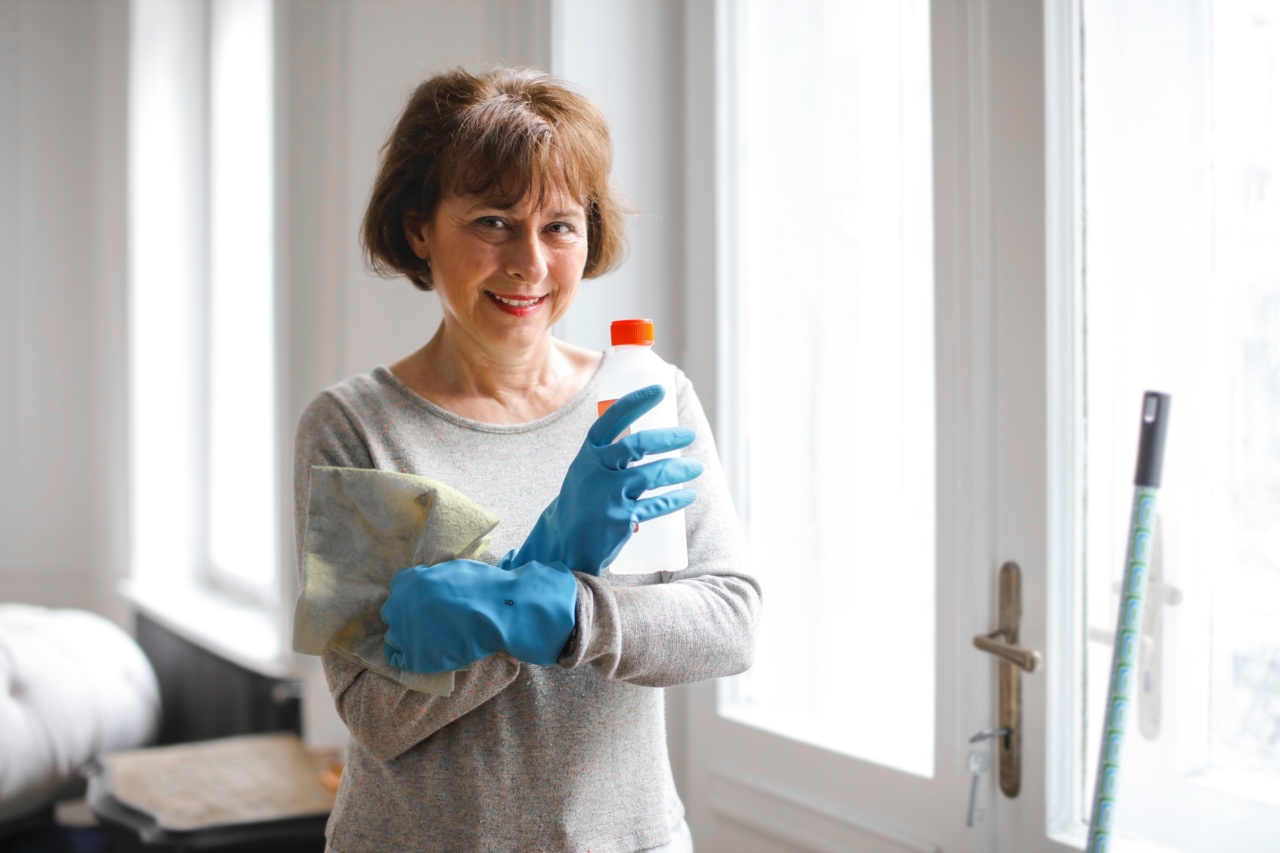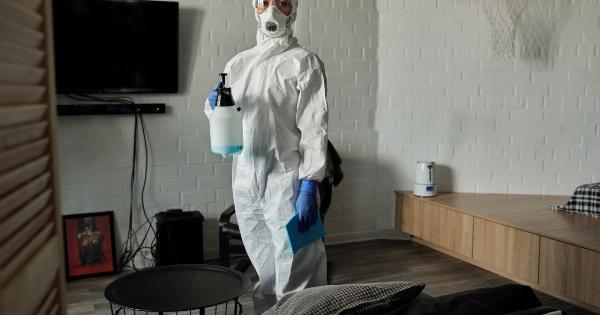Asthma is a chronic respiratory condition that affects millions of children worldwide. It is a condition characterized by inflammation and constriction of the airways, making it difficult to breathe.
While there are various triggers for asthma attacks, one might not associate a tidy, clean home with exacerbating this condition. However, studies have shown that the cleanliness paradox exists – a phenomenon where a meticulously clean home can actually increase the risk of asthma attacks in children.
A Hidden Culprit: Indoor Air Pollution
Indoor air pollution refers to the presence of harmful pollutants and allergens within the air we breathe indoors. These pollutants can originate from various sources, such as cleaning products, dust mites, pet dander, mold, and more.
In a bid to maintain cleanliness, many households use cleaning products that contain volatile organic compounds (VOCs) like benzene and formaldehyde, which can release harmful gases into the air.
Dust mites, microscopic creatures found in most homes, are a common trigger for asthma attacks. Despite being tiny, these creatures can cause significant allergic reactions in susceptible individuals.
Dust mites feed on dead skin cells and thrive in warm and humid environments, such as bedding and carpets.
Mold is another notorious indoor air pollutant. It can grow in damp and poorly ventilated areas, like bathrooms and basements, releasing spores into the air.
These spores can cause severe allergic reactions and trigger asthma attacks in susceptible individuals.
The Hygiene Hypothesis: Can Cleanliness be Harmful?
The hygiene hypothesis is a theory that suggests early childhood exposure to certain microbes and germs can help build a stronger immune system, reducing the risk of asthma and allergies.
This hypothesis emphasizes the importance of a balanced immune system and suggests that limited exposure to common environmental microbes can predispose individuals to develop allergic diseases.
Living in excessively clean and sterile environments may deprive children of essential exposures to diverse microorganisms, hindering the development of a robust immune system.
This lack of microbial diversity might lead to an overactive immune response, resulting in increased susceptibility to asthma and allergies.
Exposure to Cleaning Products
Cleaning products, such as disinfectants, bleach, and household detergents, are designed to remove dirt and kill bacteria. However, these products often contain chemicals that can be harmful, especially when inhaled.
They can irritate the airways, trigger inflammation, and potentially exacerbate asthma symptoms in children.
Many cleaning products contain fragrances and volatile substances that release hazardous particles into the air.
These particles can settle on surfaces, carpets, and upholstery, continuing to emit potentially harmful substances that can aggravate asthma symptoms even after the cleaning process is complete.
Additionally, using aerosol sprays, air fresheners, and scented candles can release fine particles and volatile compounds into the air, further compromising indoor air quality and triggering asthma attacks.
Dust Mites: The Unseen Asthma Trigger
Dust mites are a common cause of asthma and allergic reactions, especially in children. They thrive in warm and humid environments, making bedding, carpets, and stuffed toys ideal habitats.
Dust mites feed on dead skin cells and produce allergenic proteins found in their droppings.
When these allergenic proteins are inhaled, they can trigger allergic reactions and asthma attacks in sensitive individuals.
While regular cleaning and maintaining low humidity levels can help control dust mite populations, excessive cleaning can lead to a paradoxical increase in allergen dispersion.
High-efficiency vacuum cleaners and vigorous dusting stir up settled dust and allergens, spreading them into the air, where they can be easily inhaled.
Overcleaning can disturb dust mite colonies, releasing allergens into the air and worsening asthma symptoms in children.
Mold and Mildew: Hidden Asthma Triggers
Mold and mildew are types of fungi that can grow in damp and poorly ventilated areas of the home. Bathrooms, kitchens, basements, and other areas with a higher moisture content are prone to mold growth.
Exposure to mold spores can cause allergies, irritate the respiratory system, and trigger asthma attacks in susceptible individuals.
While mold growth should be prevented through regular cleaning and thorough drying of affected areas, excessive use of cleaning products, particularly those containing chlorine bleach, can contribute to the formation of resistant or more aggressive mold strains. These stronger strains can release more allergenic spores, worsening respiratory symptoms and asthma attacks.
The Importance of Balancing Cleanliness and Asthma Control
A clean and tidy home is crucial for maintaining overall health and well-being. However, striking a balance between cleanliness and asthma control is essential. Here are a few tips to create a healthier environment for children with asthma:.
- Use environmentally friendly and asthma-friendly cleaning products. Look for products that do not contain VOCs, fragrances, or harsh chemicals.
- When cleaning, open windows or use ventilation fans to minimize the concentration of cleaning product particles in the air.
- Regularly wash bedding and stuffed toys in hot water to eliminate dust mites and their allergenic droppings.
- Avoid using scented candles, air fresheners, and aerosol sprays, as they release volatile compounds that can trigger asthma symptoms.
- Maintain optimal humidity levels in the home, between 30-50%, to discourage dust mite and mold growth.
- Implement a regular cleaning routine, focusing on removing dust and mold without causing excessive agitation or dispersion.
- Consider using allergen-proof bedding covers to create a barrier between dust mites and the individual.
- Ensure proper ventilation in bathrooms and kitchens to minimize mold growth.
- Regularly inspect and promptly repair any leaks or areas of high moisture to prevent mold growth.
- Consult with a healthcare professional and an allergist to develop an individualized asthma management plan for your child.
The Cleanliness Paradox Can Be Tackled
Understanding the cleanliness paradox and its potential impacts on asthma management is crucial for parents of children with asthma.
While maintaining a clean and tidy home is essential, it is equally important to prioritize indoor air quality and minimize exposure to harmful pollutants and allergens.
By adopting an asthma-friendly cleaning routine, using the right products, and implementing proper ventilation and humidity controls, parents can create a healthier environment for their children.
Striking a balance between cleanliness and asthma control allows children to thrive without unnecessary exposure to triggers that can worsen their respiratory symptoms.































